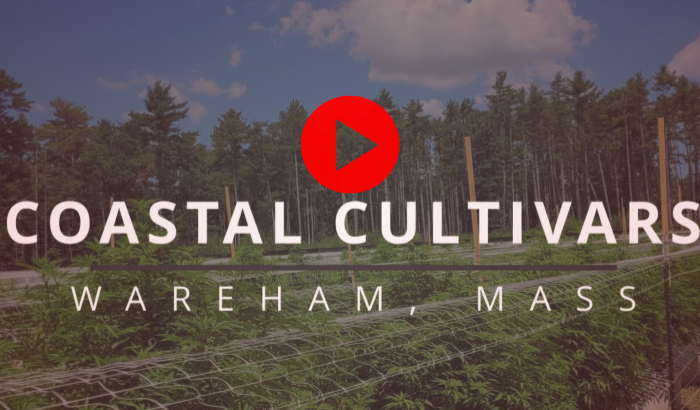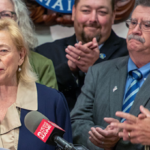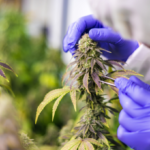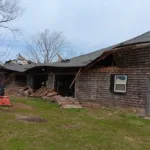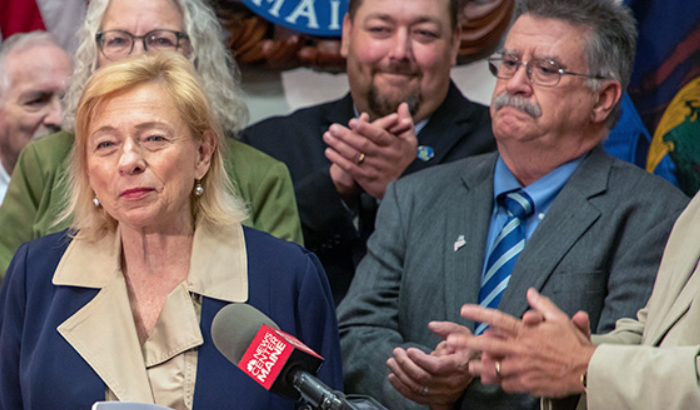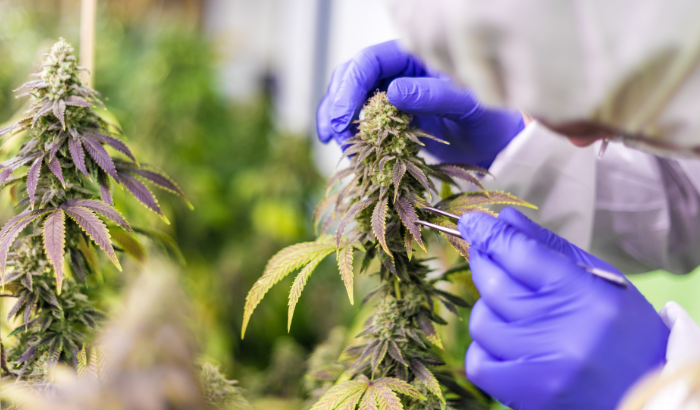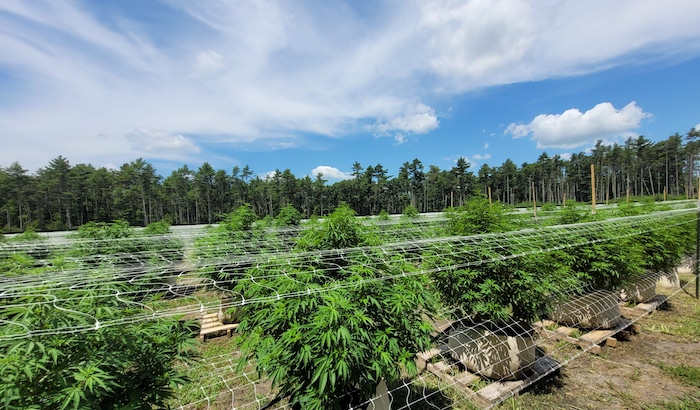
“You can spend as much money as you want on grow lights, but you’re never going to get the full spectrum of the sun”
Speaking for myself at least, these days I tend to forget where most of the weed I’ve smoked in my life came from. I’ve toured so many indoor grows that I see LEDs in my dreams, while on the buying side, since rec dispensaries opened I have done very few transactions in the open air.
All forgetfulness considered, I started thinking about the great outdoors after running into Jarrad Glennon at the last NECANN convention. He’s a co-founder of Coastal Cultivars, which in addition to operating the remarkable Great Barrington Dispensary out of a historic mansion in the Berkshires, boasts a 14-plus acre cultivation in Wareham near Buzzards Bay.
I went to visit Glennon and Owner Krishna Gandhi at their grow, where the “company is committed to environmentally-friendly farming methods including the use of on-site artesian well water, custom blended amendments, and traditional farming practices.” If it sounds fancy, it isn’t. And that’s the beauty of their business and the company’s Sun and Soil initiative—even with the complexity involved in modern growing, there’s an element of pure simplicity that comes from using natural rays.
“You can spend as much money as you want on grow lights, but you’re never going to get the full spectrum of the sun,” Gandhi says. “Obviously that comes with the cost of not being able to control the sun, you can’t turn it on and off, but this year has been really good. The plants are loving it.”
The Cannabis Control Commission does technically differentiate between indoor and outdoor grows, but essentially just as a classification. As far as regulations go, the only difference is that indoor fields need artificial light, while outdoor plants soak in the real stuff. As of this writing, only 17 out of 94 (fewer than 20%) of CCC cultivation licenses are for outdoor grows.
Benefits aside, going outside is hardly an easy sow. Glennon says that while it can be helpful to bring experienced growers from other states and elevation levels, there can also be a learning curve for cultivators who are not accustomed to the unbelievable humidity around where Cape Cod meets the South Coast.
“We have some local growers who have been growing here for some time,” Gandhi says. “They know the climate, they know the strains that grow well, they know the pest problems.”
There can also be some prejudice against outdoor products.
“This material presents best in the form of a pre-roll because while the output of a test may be comparable to that of an indoor, that doesn’t mean the eyesight test will stand up to the fanciest indoor grow,” Glennon says. (He’s being modest, as their sativa-dominant Raspberry Parfait is particularly pretty and potent, but I get his point.)
“The visual feel of ours is more of a gold,” Gandhi adds. “Outdoors can have a bad rap because it can look like dirt weed, but if you look closely, those are different terpenes, and we have a higher terpene profile than most indoors.”
“Flip over the label and you’ll see that it isn’t dirt weed,” Glennon notes.
After seeds spent six weeks in the greenhouse, plants were brought to the field on June 1 when they’re about 8 to 12 inches tall. Whereas last year crops went straight into the ground, this season they brought in fabric pots that can be moved around in the event of heavy rain. They also incorporated a new soil from Coast of Maine Organic in Portland that packs a “lobster compost, blueberries, all sorts of fungi and a bunch of natural microbes.” Plus are employing an impressive unique policy for rubbish.
“Typically, all your plant waste has to get ground up and hauled off to a landfill,” Gandhi says. “We were able to write a process using the USDA’s natural soil guidelines to take our plant waste, till it back into the soil, and let it decompose naturally there. So we’re completely compliant because it never leaves but we don’t actually produce any trash here from a plant perspective.”
As for the stuff they keep, trim, and sell, Glennon says they’ll have a new processing facility on site next year that will allow them to operate more of a year-round business. For now, “the logistics of taking down one large harvest like this [is] a lot to accomplish with these four greenhouses, so it’s all very planned out.”
“Our goal is to repeat what we had success with last year,” Gandhi says, “and to experiment and get some new stuff in the field this year.”



